By Mark Howell and Tim Gratz
Sometime in 1976, an aide to Sen. Richard Schweiker of Pennsylvania entered the senator’s office and told him he had a phone call from Key West.
Schweiker was a member of the Senate Select Subcommittee on Intelligence that was investigating CIA abuses. Schweiker and Sen. Gary Hart of Colorado were concentrating on the Kennedy assassination.
The man from Key West told Sen. Schweiker he had information on the Kennedy case that might be helpful.
Sen. Schweiker sent his chief investigator, Gaeton Fonzi, to Key West to investigate the man’s story.
Fonzi was the man who first found out that the leader of the Alpha 6 exile group and claimed he’d seen his CIA officer meeting with Lee Harvey Oswald in Dallas. That report opened up an entirely new avenue of the Kennedy investigation.
In 1991, Fonzi, who died in 2012, wrote a book about his work called “The Last Investigation.” Chapter 7 was called “Searching for Ghosts in Key West.” It tells of how Fonzi drove to Key West in 1976 to check out the Key West International Airport — “a cinder-block structure the size of a small city post office” — and to talk to George Faraldo, the airport manager.
It was Faraldo who had called Sen. Schweiker’s office with the claim that he had seen both Oswald, Kennedy’s apparent assassin, and Jack Ruby, the assassin’s known killer, together at the airport in the summer of 1963.
Fonzi thought there might be something to this incredible claim because the FBI had connected Ruby to a gun-smuggling operation in the Florida Keys. The investigator ended up spending a week here.
He got to know Faraldo, “a thin, swarthy man in his 50s,” and liked him. Faraldo was soft-spoken, he appeared honest and appeared consistently normal. “He wasn’t an oddball.” In fact, he was “very intelligent, a college graduate … Well-known in the community, a generally respected man whose wife sings in the church choir.”
Faraldo had been manager of the airport since it was named Meacham Field back in 1946. He told Fonzi that in the summer of1965, a group of young people had hung out in the airport terminal all day and most of the night, waiting for an Aerovia Q, plane to take them to Cuba.
Dressed in dungarees or olive-drab fatigues, they said they were part of the Fair Play for Cuba Committee and were off to help cut the sugarcane crop in Cuba.
Fonzi writes that Faraldo “pointed out exactly where Ruby was standing most of the time. Faraldo appeared do sure of what he was saying that I could almost see images of the two still standing there”.
He recalled that Oswald was the only one of the group to keep circulating, “chatting briefly with various clusters.” At one point,” said Faraldo, Oswald approached Ruby and talked to him briefly. Ruby did not mingle with the group but sent most of the time standing next to the doorway that led to the plane boarding area.
Faraldo chatted with various members of the group through the day, but not Oswald or Ruby.
Oswald joined the group in boarding the plane when it finally arrived that night. Faraldo did not see Ruby get on and did not know if he had.
But he did film the group, with a movie camera that he used as a stringer for WTJ-TV in Miami.
In his investigation while in Key West, Fonzi spoke with a woman who worked the ticket counter for National Airlines at Key West in the early 1960s. She said she did remember a group going to Cuba to cut sugarcane. Then Fonzi contacted news director Ralph Rennick at WTVJ who remembered Faraldo and the story about Oswald and Ruby but could find do trace of the film.
At Monroe County Library, Betty Bruce could find no mention in the archives of any visit by Fair Play for Cuba members. Key West news photographer Don Pinder’s negatives from the early 1960s had all been lost in a hurricane.
At the end of Fonzi’s visit, Faraldo mentioned a photo lab that he’d built at the back of his machine shop. Fonzi asked to see it. He was amazed to discover sophisticated electronic and photographic gear, “well over $100,000 worth of top-notch equipment,” plus the housing of an aerial reconnaissance camera.
Fonzi asked Faraldo what the equipment was for. He replied that he had flown over Cuba and photographed the Russian missiles there long before President Kennedy announced their existence.
For whom was he working, Fonzi asked.
Faraldo said he’d been told that he was working for the United States Information Agency.
Could it have really been the CIA?
“Yes,” said Faraldo.” “I would think so.”
After the Cuban Missile Crisis, which required Faraldo, under orders directly from Washington, to build a tower at Meacham Field as quickly as possible — which achieved with the help of the owner of a local lumber yard, working around the clock just in time for the 14-day Missile Crisis in October, 1962 — Faraldo’s heart troubles began that would afflict him the rest of his life.
Another injury he incurred in 1962 was from a beating he took at José Marti Airport in Havana.
Faraldo had gone on a fishing trip to Cuba but took a photographer along, Jack Burke, a Key West sports editor now living in North Carolina. In 2003, George told the authors of this book that in the three day they were in Cuba, “we fished in various places and some of the time the guides took us to some illegal spots.
“I took pictures of these places but George didn’t know I did. He went to houses at night and spoke to the people in Spanish. I said to him, do what you have to do.”
At the airport in Havana, Faraldo was taken to a room by Cuban customs officers and interrogated. “He was let go two days later,” said Burke.
In 1976, Faraldo told Fonzi that he was beaten while incarcerated.
“I flew back to Miami alone,” continued Burke. I gave my film to Ralph Rennick, who developed it and broadcast some of the photos on WTVJ.
“After the assassination, George told me he’d seen Oswald and Ruby at the airport. I have never told that to another soul except George’s wife Norma. I never told my wife what I was doing”.
Fonzi ended his chapter on the Faraldo story thusly:
“It’s a beautiful ride from Key West back to Miami over a long, lonesome stretch of the Overseas Highway, the big sky a clear deep blue, the ocean vista of white caps on one side, on the other the bay a crystal expanse of glistening serenity. But I couldn’t appreciate the scenery as I drove back because my mind was a jumble of confusion about what I had experienced over the previous several days. I wanted to believe Faraldo because he was intelligent and credible and I like him. And didn’t a few others remember that group at the airport? Besides, why would he be lying? Why would he tell such a story and go out of his way to bring it to Schweiker’s attention? I remember conflicting questions racing through my mind as I drove back to Miami. I also remember feeling something I didn’t want to believe I felt: The sensation of a lingering sting along the side of my cheek, as if someone had just slapped me across the face.”
We ourselves are more confident that Faraldo was a truth-teller than Fonzi apparently was. We interviewed his widow for a report published in 2003 on what Faraldo saw. Norma Faraldo, who died since then, advised us that he repeated the story to his dying day. There is little question that he believed it himself. It is always of course possible that he misidentified one or more of the principals but we think it more likely than not that, for a few hours in1963, Lee Harvey Oswald was in Key West with the man who, several months later, would kill him.”
[livemarket market_name="KONK Life LiveMarket" limit=3 category=“” show_signup=0 show_more=0]
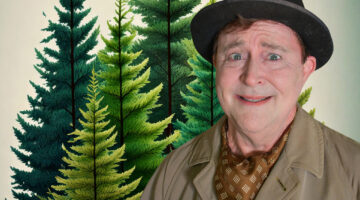
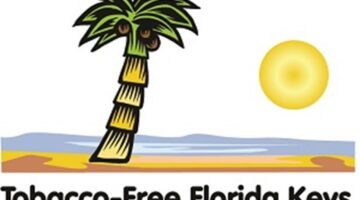
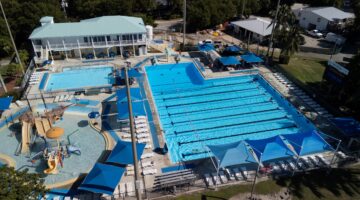
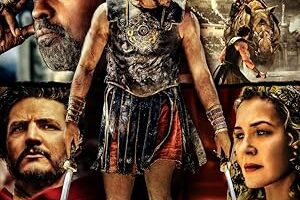
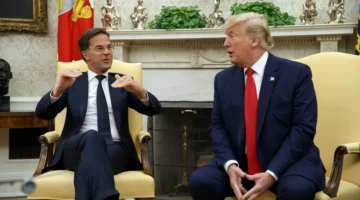


No Comment